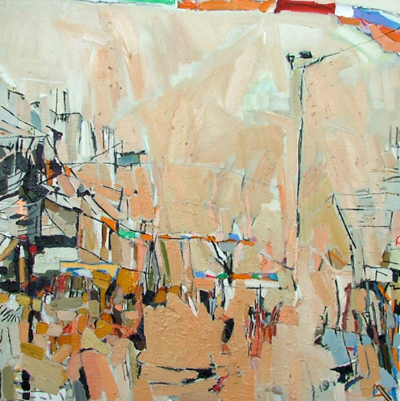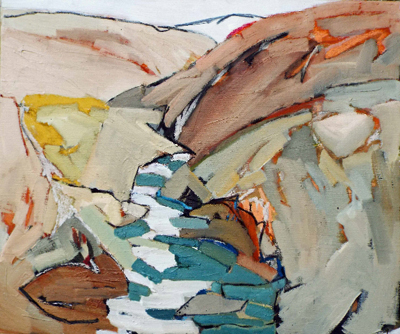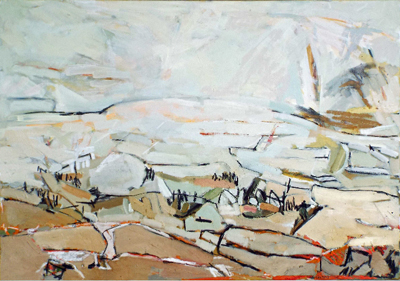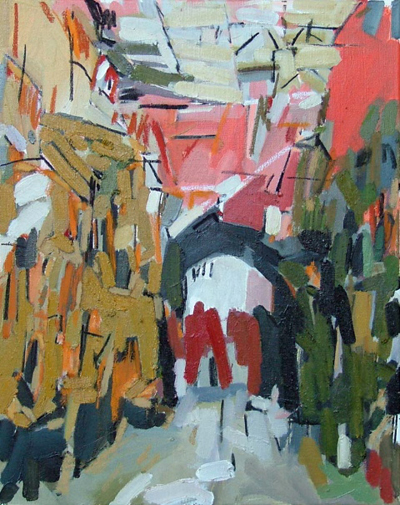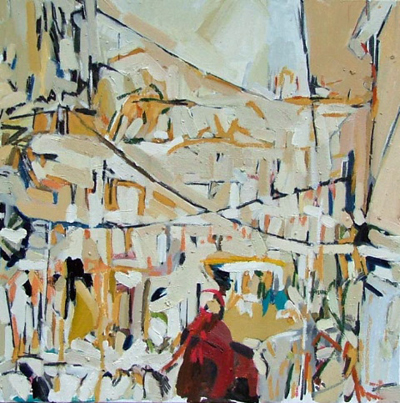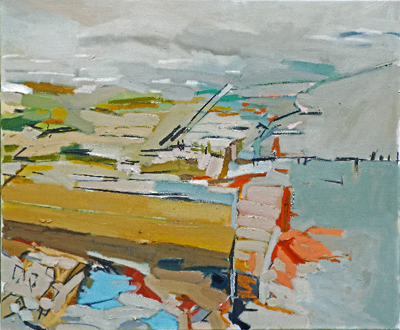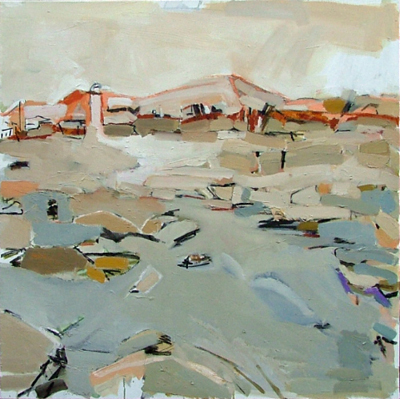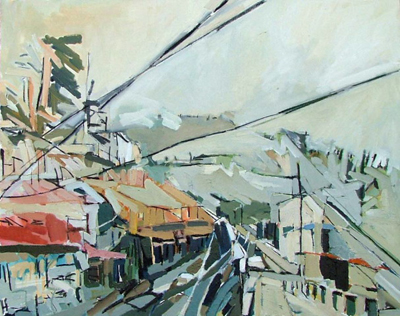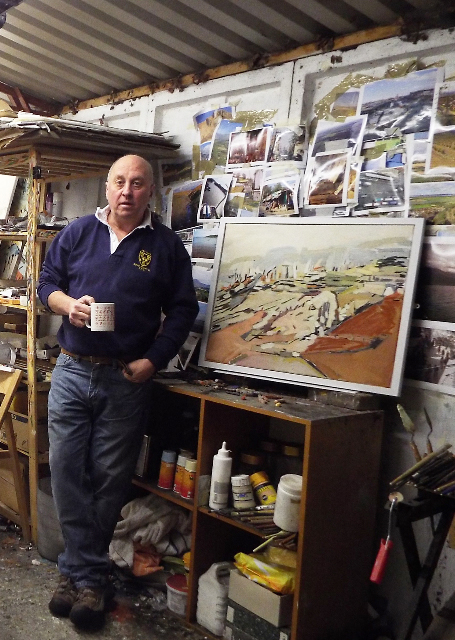Colin Taylor: Revisiting West’s Stations – Exhibition Proposal
Summary
Presenting a collection of paintings of the landscape of the English Lake District, one of the UK’s 15 national parks, by British artist,Colin Taylor.
It is intended that there will be 20-25 paintings available, each image representing a direct connection with one of the viewing stations defined by Thomas West in his 1778 “Guide to the Lakes of Cumberland, Westmorland and Lancashire”. This exhibition project has the potential to encompass live streaming from one or more of these stations in the Lake District directly to galleries/museums via remote audio-visual link; to reflect and interpret the story of the cultural landscape of the Lake District through a range of media and chronological timeline; to incorporate geographical and cultural mapping, for example tracing the connections to Romantic poetry, visitor destination marketing and landscape management conservation.
Vision Statement
The UK government has announced that England’s Lake District region will go forward as the UK’s next World Heritage Site (WHS) nomination in 2016. Following its nomination, the bid will undergo an evaluative process by UNESCO in advance of a final decision around mid-late 2017.
The WHS bid focuses on the region as a cultural landscape rather than its natural scenery, although it is clearly in that context that its social and economic history was played out. It was in the Lake District that the Picturesque and Romantic movements were conceived and the frontline established in the development of tourism, landscape conservation, ecological thinking and the National Park Movement.
236 years after West’s guide distilled the essence of the Lake District into bite-sized pieces of scenic pleasure in the same way we understand visitor and travel guides to be today, the region remains an inexhaustible source of imagery and experience that can be transferred into imaginative forms.
Colin Taylor presents a body of work which explores the possibility of – and processes involved in – the transfer of personal experience into visual image. His fascination with The Lake District itself extends back around 30 years ago when he began to walk and climb the regions mountains and became aware of a reciprocal relationship between the physical landscape and his own art practice. As one informed the other, the intangibility of that experiential connectivity became manifest as tangible visual imagery – as paintings and drawings.
Artistic Statement
“I am interested in the way that experience of a spatial location, however ‘experience’ is defined, initiates a switch in designation, and ‘space’ becomes ‘place’, with a distinctiveness that can be perceived and represented as, in this instance, landscape painting.
“For some time, the simple statement that my work was ‘not an optical response but an emotional one’ seemed satisfactory, and while it remains true, I have also come to realise that it is also incomplete. It’s also about the combined philosophical, physiological, technological, environmental and economic terrain we have as individuals consumed and which shapes the physical mass we look at”.
The WHS Bid in context
The Lake District Partnership* has been charged with preparation and submission of the bid on behalf of the area and the UK Government. Whilst the region’s contrasting beauty of woods, streams, moors, mountains and lakes form the natural backdrop, it is the unique combination of human interaction with the landscape through development and conservation with art, literature, philosophy and land management that are at the heart of the bid.
In the eighteenth century, it was a destination for those attracted to the Picturesque and there is a degree of artifice in the Lake District’s landscapes that has become integral to its historic beauty and delicacy; it was also an inspiration to the Lakes poets including Samuel Taylor Coleridge (1772-1834), Robert Southey (1774-1843) and William Wordsworth (1770-1850). Coleridge recorded the landscape that inspired him. Here he is walking by Ulswater:
“Sunday morning… went down the lake by the opposite shore – the hoar-frost on the ground, the lake calm & would have been mirror like but that it had not been breathed on by the mist - & that shapely White Cloud, the Day-moon, hung over the snowy mountain opposite to us - … What a scene!” (p.16, Coleridge’s Notebooks: A Selection, Edited by Seamus Perry. OUP: Oxford & New York, 2002)
Wordsworth published his own guidelines for human intervention in the landscape in 1810 and in so doing, set out what can now be retrospectively perceived as some of the first steps towards planning law. He writes about ‘changes and rules of taste for preventing their bad effects’ and it is well documented that he sought to ban the planting of the Larch tree because he thought it had an unnatural shape. Both he, and later John Ruskin (1819-1900), began to develop principles of ecological, horticultural and landscape management and in 1887 when leading a successful campaign to restrict the incursion of the railway and then, Ruskin proposed that ‘the whole of the Lake District be bought by the nation for itself.’
However by then, the social and economic opportunities of the Lake District had already been recognised. Mineral extraction was being accelerated and in 1878 a bill was passed in the UK parliament to build a huge reservoir and pump the water to Manchester 60 miles away.
The battle lines over conservation were drawn and opposition groups organised themselves leading to the formation of the National Trust which pursued a policy of property and land acquisition as a strategy to counter development. Nevertheless, West’s guide had provided the impetus to encourage visitors to the area and an embryonic tourism industry had already gained a foothold and with it, a delicate union of both transient and resident communities began to find ways of existing side by side.
Curatorial / touring potential
- Potential to link via remote live audio-visual connection, the exhibited works with the actual landscape of the Lake District.
- History of tourism and of visitor experience in a National Park environment.
- Economic development vs conservation management in contemporary social circumstances.
- Extension of project proposal to include photographer and/or moving image artist response to West’s Stations.
- Exploration of relationship with literary (Wordkworth, Coleridge, Ruskin etc), context.
- A visual, chronological timeline representing a period of incredible innovation and development.
- Interpretation of the meaning & impact of World Heritage Site status, if granted by UNESCO.
- Potential partnership with other British and international exhibition venues.
Through one contemporary painters visual amplification of a locality, this project places the work in a global cultural context alongside UNESCO and drawing in contemporary economic and environmental issues distilled through the eighteenth century framework that are Thomas West’s viewing stations.
The Lake District Partnership* wish to actively support Colin Taylor in pursuit of this project wherever it is possible to do so and if requested, would welcome the opportunity to facilitate the introduction and possible involvement of other organisations, agencies and individuals who may be able to add value, resources and extend the its reach in pursuit of a successful outcome.
Benefits
- Potential to forge international links and partnerships.
- Audience development – an insight into the work of an English artist with a proven track record of exhibiting both at home and abroad; an insight into the British landscape tradition and the history of the British tourism industry.
- Insight into the cultural collateral of the English Lake District. Its importance in relation to the Romantic, the Picturesque and other movements, such as the Pre-Raphaelites and the Arts and Crafts Movement.
Timing
It is envisaged that there will be a period of increased awareness of the Lake District and interest in the bid from 2016 at the time of its formal nomination through to late 2017 when UNESCO is due to announce its decision on WHS status. It would therefore seem opportune for the exhibition to coincide with this timeframe although alternative proposals are welcomed.
Biographical note
As well as being a painter, Colin Taylor has over 30 years experience of climbing and working in mountains in addition to a career in media and communications specialising in economic development and destination marketing. The experiences of running a small business combined with those as an artist provided the context for ‘A short walk in the big landscape’, a series of nine solo exhibitions that toured England in 2008/09, funded by Arts Council England. He has exhibited widely in the UK, in New York, Washington DC, Cologne, Germany and in 2015 in Paris, France.
Colin Taylor website http://www.coltaylor.co.uk/
________________________________________________________________________________
*The Lake District National Park Partnership comprises representatives from the public, private, community and voluntary sectors. It has been asked to prepare and submit the WHS bid to UNESCO on behalf of the UK Government.
Lake District National Park http://www.lakedistrict.gov.uk/caringfor/projects/whs
UK Government nomination for World Heritage Site Status https://www.gov.uk/government/news/the-lake-district-will-be-uks-new-world-heritage-nomination
UNESCO website http://whc.unesco.org/en/tentativelists/5673/
International Council on monuments and sites website http://www.icomos-uk.org/about-us/
http://www.icomos-uk.org/blog/post/minister-for-culture-announces-new-uk-world-heritage-nomination-timetable/
National Trust website http://www.nationaltrust.org.uk/article-1355819383602/
Recent BBC report http://www.bbc.co.uk/news/uk-england-24226705 |




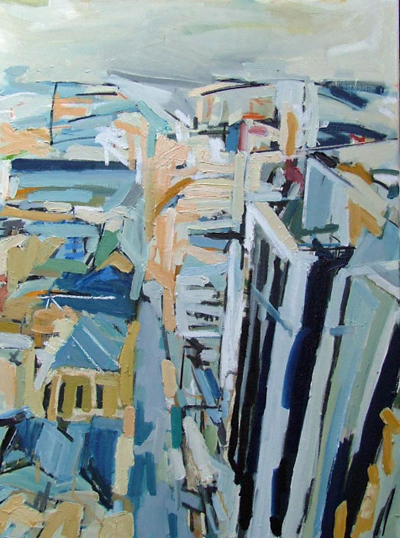
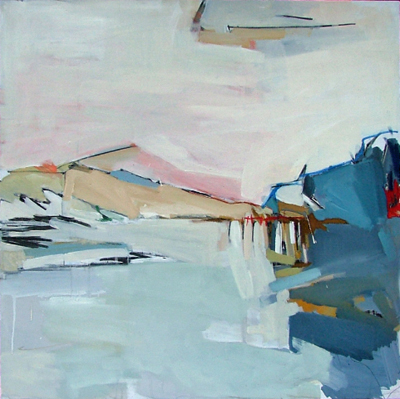
.jpg)
